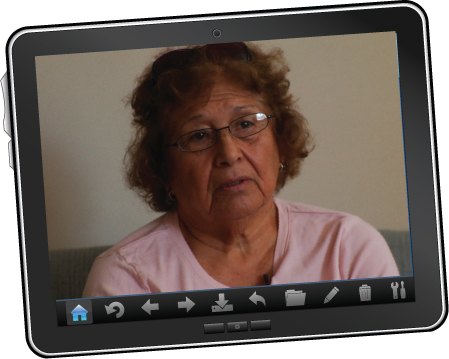16.7 Applications
1. Death is sometimes said to be hidden, even taboo. Ask 10 people if they have ever been with someone who was dying. Note not only the yes and no answers, but also the details and reactions. For instance, how many of the deaths occurred in hospitals?
2. Find quotes about death online or in a book such as Bartlett’s Familiar Quotations. Do you see any historical or cultural patterns of acceptance, denial, or fear?
3. Every aspect of dying is controversial in modern society. Do an Internet search for a key term such as euthanasia or grief. Analyze the information and the underlying assumptions. What is your opinion, and why?
4. People of varying ages have different attitudes toward death. Ask people of different ages (ideally, at least one person younger than 20, one adult between 20 and 60, and one older person) what thoughts they have about their own death. What differences do you find?
>>ONLINE CONNECTIONS
To accompany your textbook, you have access to a number of online resources, including LearningCurve, which is an adaptive quizzing program; critical thinking questions; and case studies. For access to any of these links, go to www.worthpublishers.com/
- Bereavement. This in-
depth activity covers the four stages of the grieving process and bereavement at different points in the life span. People share their personal experiences of loss. - Preparing to Die. Experts discuss the process of dying, and dying people tell their stories. Covers death at different ages, palliative and hospice care, and more.
